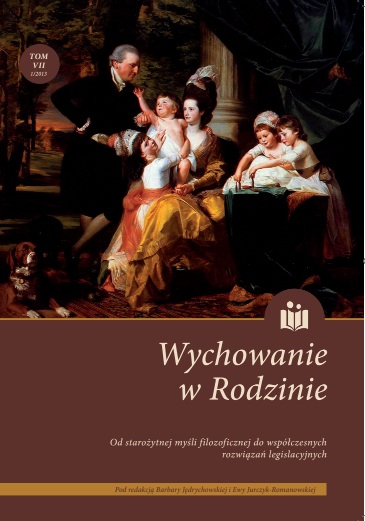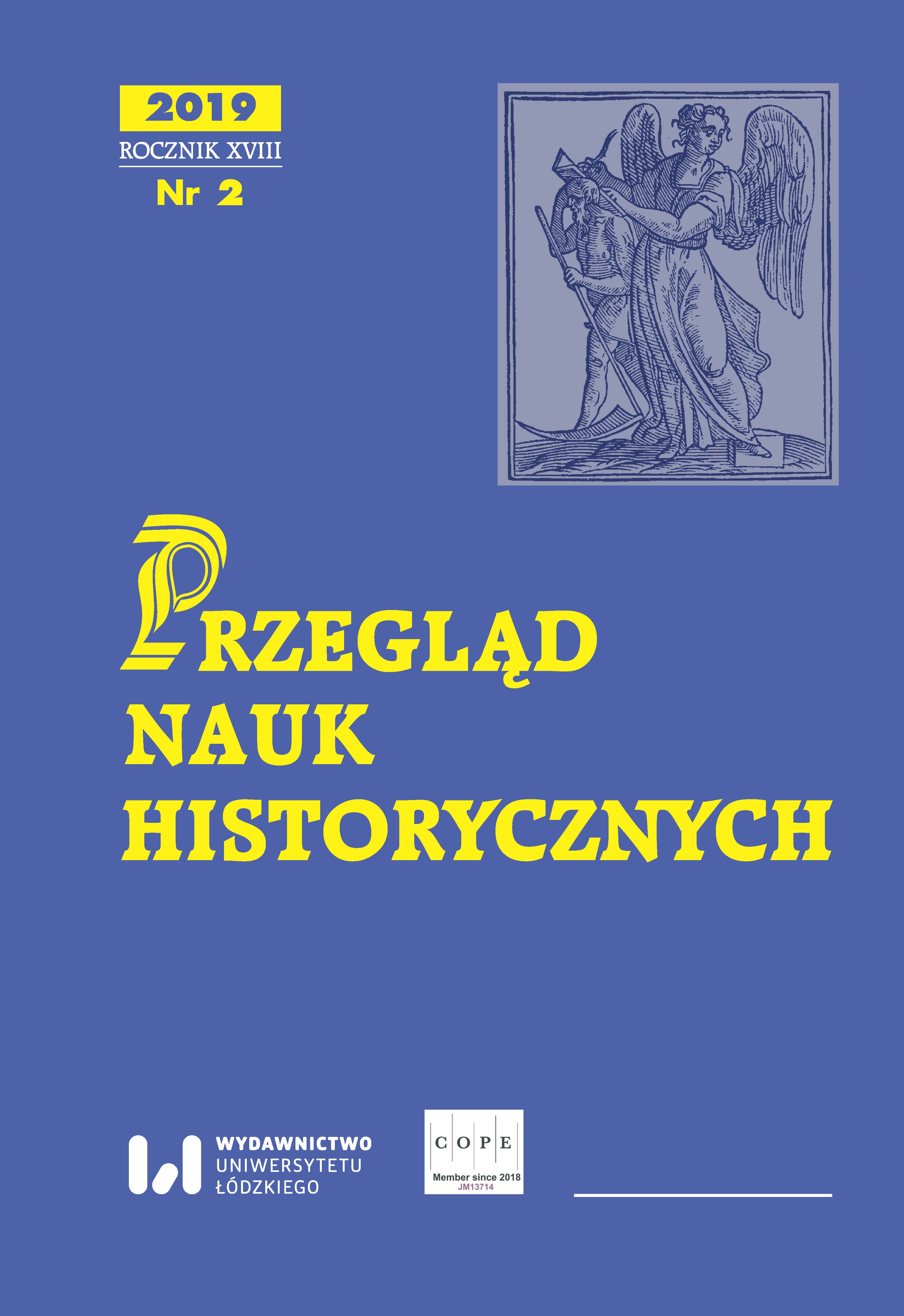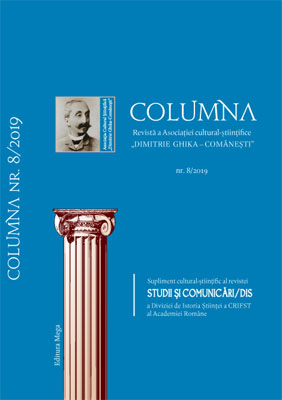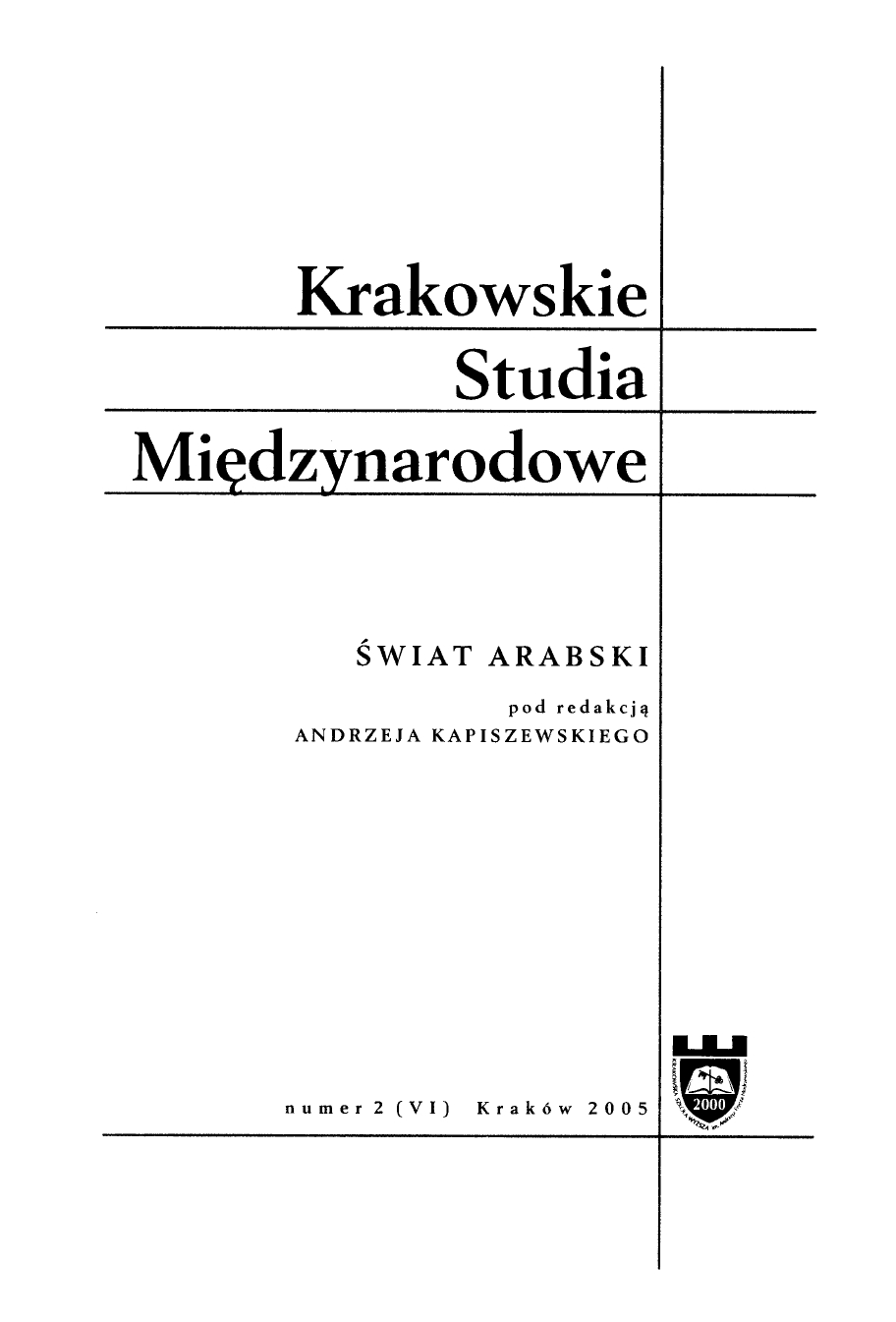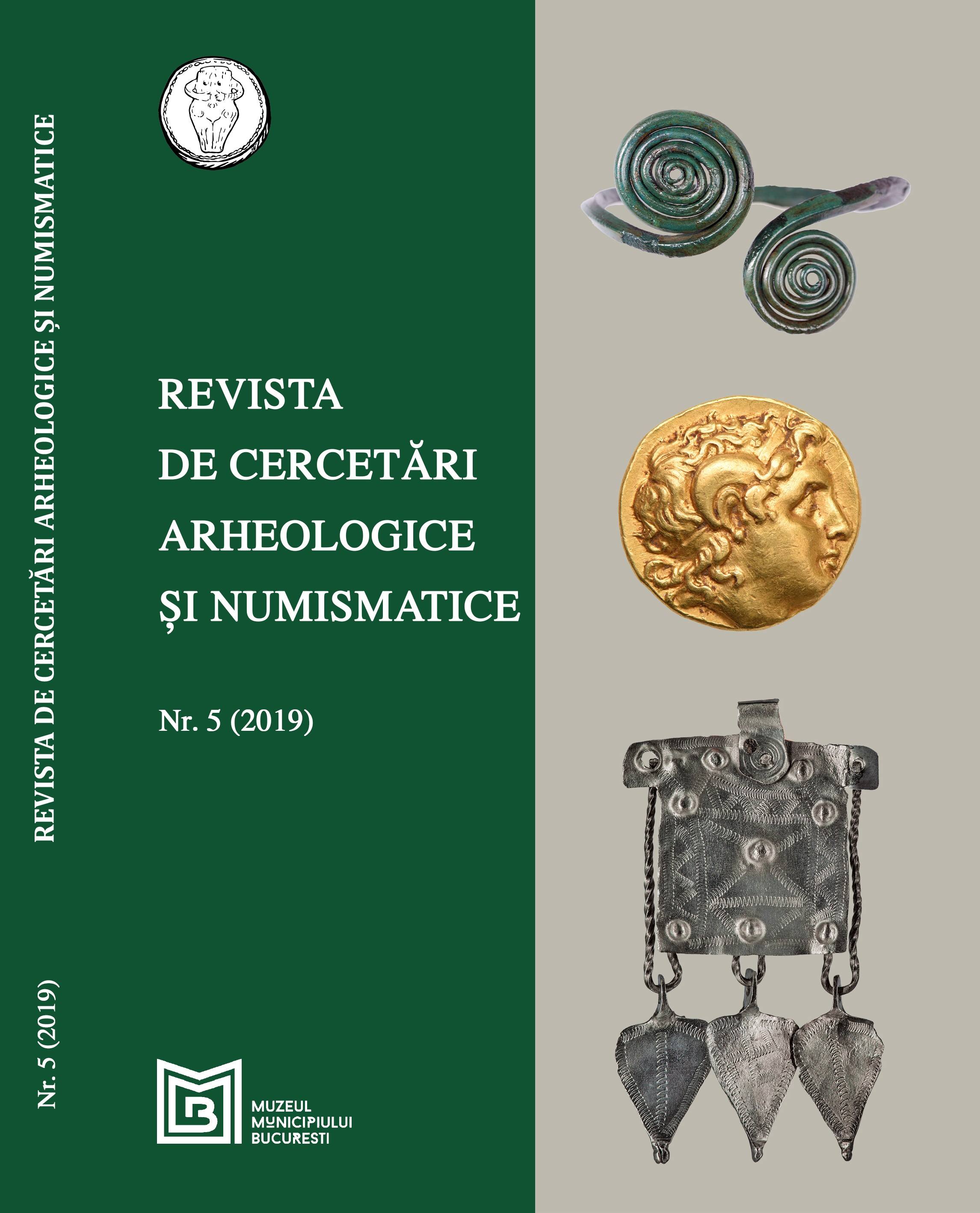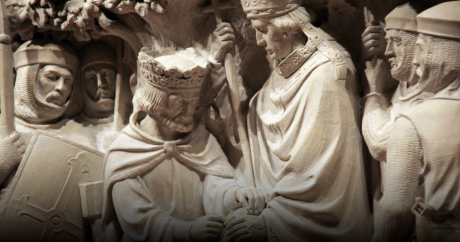Author(s): Peter Bystrický / Language(s): Slovak
Issue: 2/2019
The first part of the paper summarizes all regicides that were committed in the kingdoms of the Visigoths, Ostrogoths, Suevi, Vandals, Franks, Burgundians, Thuringians, Lombards, Gepids and Heruli in the 5th and 6th centuries, and gives a brief historical overview of when, why and how the kings were killed or overthrown. A closer look into some specific cases, the political context, social situation, the murderers’ motives, and a detailed analysis of the sources, will be subject of the second part. Regicides and dethronements are documented in all Germanic kingdoms. Although we know little or nothing about the circumstances, causes and reasons for the murders of kings, kings’ sons and nephews, we can conclude that, in some kingdoms, these violent deaths were quite common and accepted, to some extent, not only by the royal family, but also by the aristocracy, the clergy and the army. Otherwise, regicides would not have occurred so often, and the perpetrators or usurpers would have been punished by the law. The murders were committed mostly by close relatives (brothers, fathers, uncles, cousins, sisters-in-law or even grandmothers), members of the king’s inner circle, and “the people” or “the army”, which usually meant noblemen and generals. Sometimes, the king or his son was murdered by servants or assassins. In most cases, the kings, queens and the king’s sons were killed by sword, spear, ax or dagger, or suffocated, but some of them were allegedly poisoned. The main reasons for regicide were power struggle, a dispute within the royal family, an effort to secure succession for someone’s own son(s), competition between families, revenge and personal vengeance, conspiracy, religion, military failures (defeats, failed conquests, territorial losses), outside pressure, or even the king’s infancy, incompetence or illness. There is only one case when a king, Ermarich of Suebi, abdicated for health reasons in favor of his son. The high number of regicides among the Visigoths and the Franks is truly remarkable. In the period from the end of the 5th to the end 6th century, eleven of 21 Visigothic kings were murdered or executed, and only eight died of natural death (illness or old age). Visigothic kings failed to establish a dynasty, and the right of succession was not limited to the dead king’s relatives. In the Kingdom of the Franks, a half of the kings, but only one third of the kings’ sons, died naturally (others were either murdered or the cause of their death is unknown). Regicides were a consequence of the transition from collective rule to monarchy, when primogeniture was not yet defined by law and all the king’s sons and brothers believed that they had an equal, or more, claim to the throne.
More...
